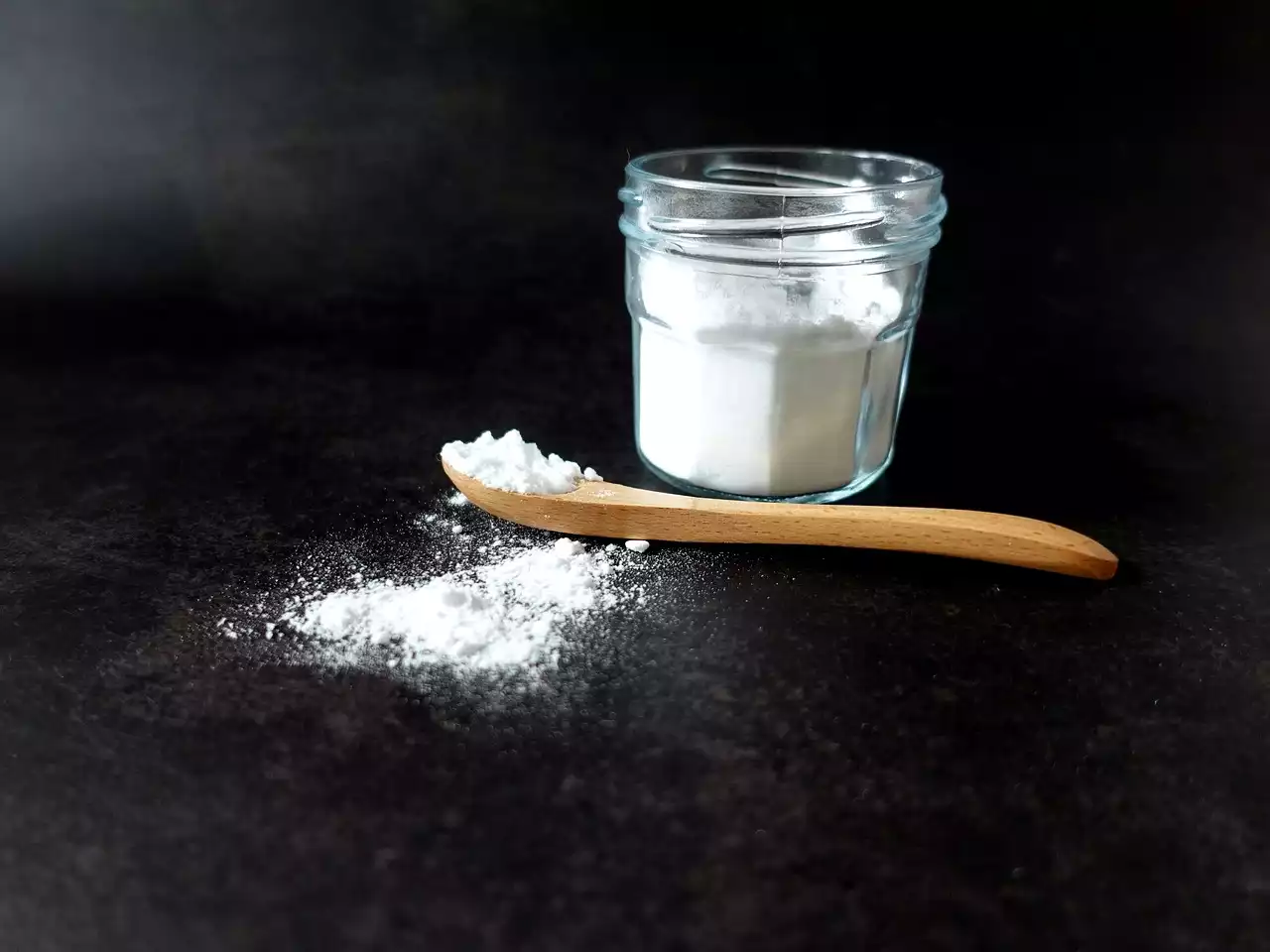Sodium is a chemical element with the symbol Na and atomic number 11. It is a soft, silvery-white alkali metal that has high reactivity. The abundance of sodium in Earth’s crust is linked to its properties as an ionic element. Many compounds of sodium are well-known, such as sodium chloride (table salt) or sodium hydroxide ("caustic soda"). Other than these common chemicals, sodium also exists in its metallic form. With the right conditions like heat, acidity, and moisture, it can be extracted from various sources. With many industrial applications for its compounds and distinct physical properties when isolated as a solid, sodium metal remains a sought-after source for manufacturing various products. Let’s take a closer look at the properties of sodium metal.
The density of Sodium Metal
The density of sodium metal is 0.97 grams per cubic centimeter (g/cm). It is a relatively heavy metal with a density greater than the average for most of its chemical elements. Due to its high density, sodium metal can be used as a source of radiation shielding. In fact, it is among the most effective substances used in nuclear reactors as a neutron absorber. This is because of its high atomic number and low neutron scattering tendency. The density of sodium is slightly less than that of water, making it suitable for use in marine environments where the risk of corrosion is high.
Melting Point of Sodium Metal
The melting point of sodium metal is 495 °C. It is a highly reactive metal, which is due to its low melting point. As the temperature rises above 495 °C, the liquid sodium will begin to evaporate and form harmless sodium vapors. The low melting point of sodium makes it ideal for casting. This technique is commonly used when creating molds for other materials or for use in creating jewelry. Given the low melting point of sodium, work gloves and protective eyewear are necessary when handling it.
Boiling Point of Sodium Metal
The boiling point of sodium metal is 932 °C. This is just slightly above the melting point, which means that the liquid state of sodium will quickly turn into a dry powder once its temperature reaches 932 °C. It is possible to reduce the boiling point of sodium by mixing it with water. When combined with water, sodium will boil at 719 °C. This is lower than the normal boiling point of sodium, making it a useful process in various industrial applications.
Color of Sodium Metal
The color of sodium metal is silver-white. Since it is a highly reactive metal, it will form a layer of sodium hydroxide (NaOH) when exposed to air. This forms a protective layer that prevents the sodium from further reacting with additional oxygen molecules. The color of the sodium hydroxide layer will depend on its thickness. The color of the hydroxide layer is yellow if it is thin, but it will become opaque and white when thick enough to completely oxidize the sodium and carbon impurities present in the metal.
Constitution of Sodium Metal
The sodium atom has an atomic radius of 129 pm and a first ionization energy of 972 kJ/mol. It has one electron per ion, which gives sodium a full valence shell. This means that the sodium atom has a stable electron configuration with a single electron outside the valence shell. One sodium atom will form one Na+ ion, and one sodium ion will form one Na ion. The positive charge of the Na+ ion is balanced by the negative charge from the one electron in the valence shell. The positive charge of the Na ion is balanced by the negative charge from two electrons in the valence shell.
Properties of Solid Sodium Metal
The crystal structure of sodium metal is hexagonal. Its melting point, poor conductivity, and corrosiveness are all due to its crystal structure. The hexagonal structure of sodium makes it difficult to melt and therefore suitable for use in heat-resistant materials. Sodium is also not easily dissolved. This is thanks to its high affinity for water, which causes it to be less reactive than other metals. The hexagonal crystal structure of sodium is also responsible for its poor conductivity.
Properties of Liquid Sodium Metal
The liquid state of sodium metal has a density of 0.97 g/cm. It is a soft metal with a silvery color. The boiling point of sodium metal is 932 °C. It is a highly reactive metal, which is due to its low melting point, high boiling point, and low density. Sodium metal is highly soluble in water and will react exothermically when coming in contact with it. Given its low boiling point, sodium can also be used as a heat transfer fluid for industrial processes that require extreme temperature changes.
Conclusion
The properties of sodium metal reveal that it is an extremely reactive metal with many industrial applications. Due to its low melting point, poor conductivity, and high boiling point, it is better suited for use as a chemical reagent or as a source of radiation protection rather than as a structural material. With the right precautions, sodium metal can be safely handled in a laboratory environment. It can be extracted from various sources where it is naturally occurring.


 Useful Mobile Phone Accessories to Have
Useful Mobile Phone Accessories to Have Car Phones were the First Mobile Phones
Car Phones were the First Mobile Phones The History of Apple Inc
The History of Apple Inc Why is Gold so Valuable?
Why is Gold so Valuable? What is so Special About Platinum?
What is so Special About Platinum? What is Lithium Metal Used For?
What is Lithium Metal Used For? Five Uses of Iron Ore
Five Uses of Iron Ore